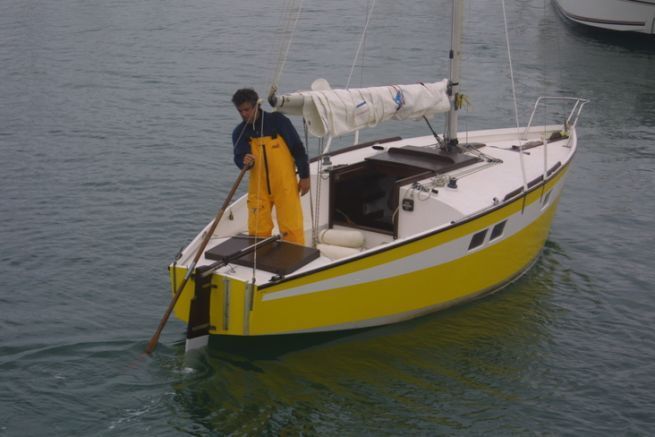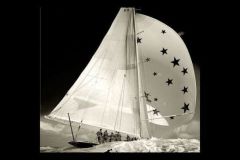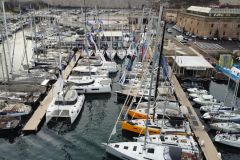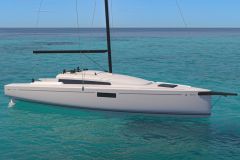Presentation of the scull
The scull is an oar placed at the back of a boat and which makes it possible to move and direct it. It differs from oars, which are placed on either side of the boat and are used in pairs, and from the paddle, which is a single or double oar used in canoes or kayaks.
The scull is therefore also called the oar (sculling), as opposed to the oar, which is used for swimming (rowing). It is composed of several parts detailed below:
The shovel (1) it is usually symmetrical and mostly diamond shaped. The new asymmetrical models with different shapes are more dedicated to competition.
The snare (7) this is the delicate and potentially fragile part. It provides the connection between the shovel and the barrel, and should be kept as thick as possible.
The barrel or the arm (2) it is the part that rubs on the lady, the tolets or the stern sail. It is the part to be protected by a fur against scratching.
The handle (5): This is the top part that is in the boat. The bigger it is, the better the scull balances
The handle (4) the diameter of the handle depends on the "fist" of the user, but it should not be rough or painted for a good grip. New models with a double handle allow to improve both the gesture and the learning process.
Portage (6) Trim
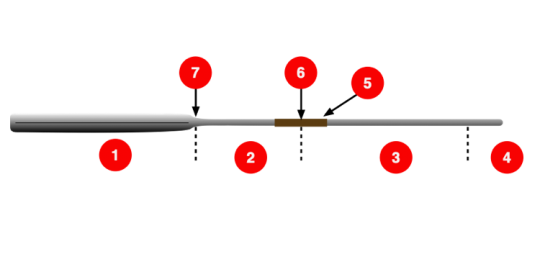
The practice
Sculling also refers to the action of sculling, i.e. the technique used with the oar to move the boat forward and to steer it. We say "to go to the scull", which means "to scull with a scull"!
The boat that can receive a scull can be of several types and names, but must always have a transom that allows the scull to be placed. The size of the boat depends on what the user is able to move with the scull.
This practice is inspired by an archaic movement that consists of stirring water to move a boat forward. It is used for short distances and in relatively calm waters. It is an oar that allows the propulsion and direction of a boat through a helical movement.
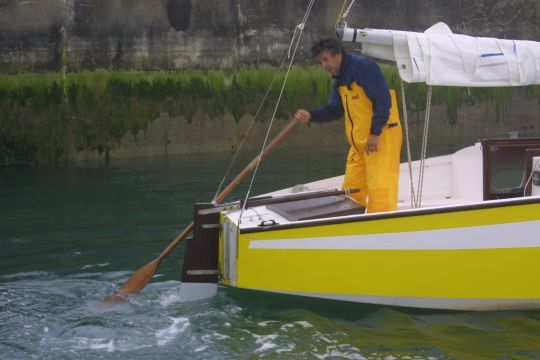
Technique and implementation of the scull
The sculler stands facing the back of the boat and places the oar at shoulder height. Thus the lateral movement of the hands causes another lateral movement of the scoop. The rotation of the hands on the handle allows the oar's blade to have a tilt.
There are two different techniques: horizontal and vertical. The second one being considered less efficient, here is the implementation of the second one. In this technique, it is a question of carrying out a back and forth movement close to a horizontal "8".
At the first movement, the scoop, which is on the starboard side, is tilted to port. Thus, it pushes a certain mass of water as much as it creates lift, when the scoop moves the handle sideways to starboard.
When the run is complete, the scoop, now on the port side, is tilted to starboard by a wrist movement, and the sculler moves the stick sideways again, this time to port. This repetition of movement moves the boat forward.
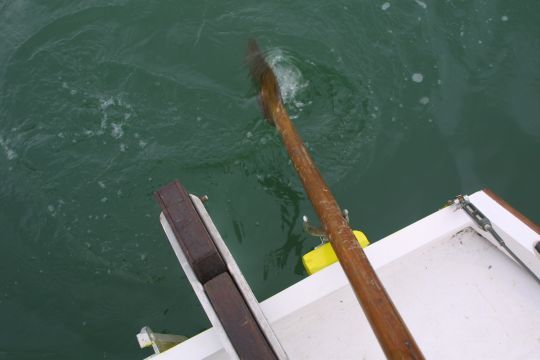
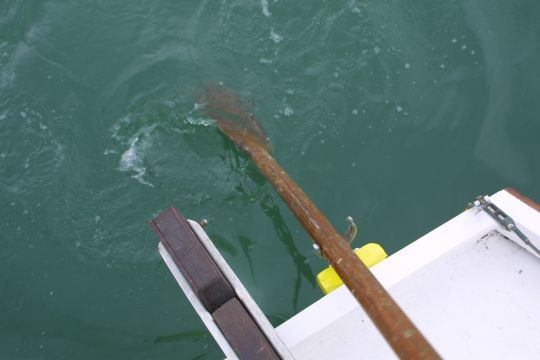
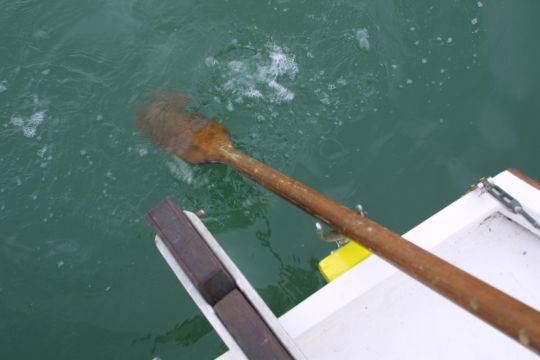
Forces and hydrodynamics
For propulsion to occur, the sculling motion relies on the water, which causes two forces, lift and drag. The first force is a suction and a push on both sides of the shovel. The latter must be greater than the drag.

 /
/ 